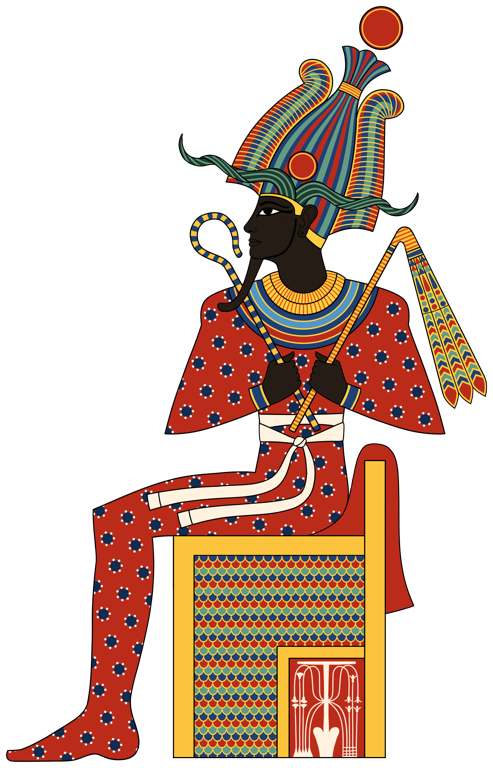Summary
Exploring the Mythology of Osiris
Osiris, the ancient Egyptian god, holds a key role in the mythology, religion, and history of Egypt. He is the god of the afterlife, the underworld, and the dead, but not in a morbid sense. Instead, Osiris stands as a symbol of resurrection and eternal life. His story is a tale of betrayal, murder, and rebirth. It begins with his cruel brother Set, who conspired to kill him to usurp the throne. Isis, Osiris’s devoted wife, gathered his scattered body parts and restored him to life. This myth emphasizes the cycle of life, death, and rebirth, which was central to the Egyptian belief system. It profoundly impacted Egyptian culture, influencing burial practices and their understanding of the afterlife.
Get your dose of History via Email
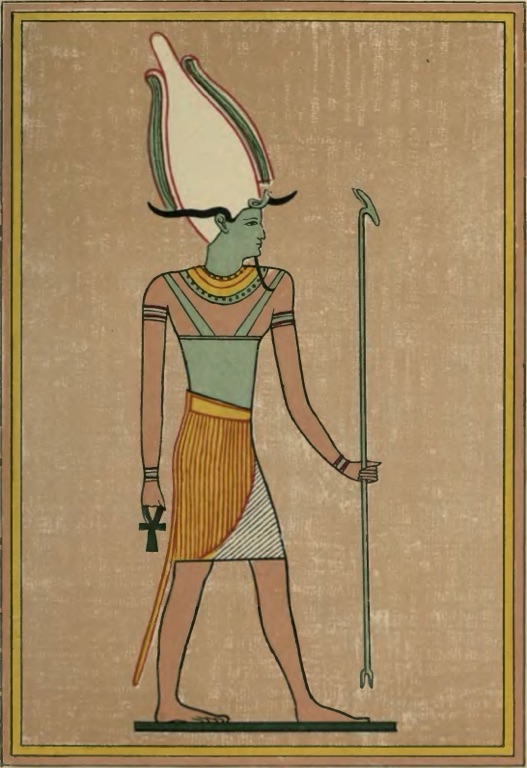
Osiris’s Influence on Ancient Egyptian Civilization
Osiris’s significance stretches beyond mythology into the everyday life of ancient Egyptians. He was the moral authority, offering not just a representation of life after death but also a figure of justice and order. Followers of Osiris believed in the concept of Ma’at, the essential order of the universe maintained by acting justly and truthfully. Osiris’s priests played a vital role in guiding the populace in adherence to these principles. His myth fostered the development of intricate burial rituals and complex ideas about the afterlife, leading to the construction of monumental architecture like the pyramids. This god’s influence was a driving force in every aspect of Egyptian society and culture, from their governance to their most private religious practices.
Osiris: The God of the Afterlife and Resurrection Myths
Introduction to Osiris the Eternal Ruler
Osiris holds a place of high honor in Egyptian mythology. He is known as the god of the afterlife, the underworld, and the dead. Not just a mere deity, Osiris represents the cycle of life, death, and rebirth. Ancient Egyptians believed he embodied resurrection and eternal life. He ruled the underworld and helped judge the souls of the departed. For centuries, the story of Osiris has fascinated scholars and laymen alike. It’s a tale that weaves together themes of jealousy, murder, love, and redemption.
The Myth of Osiris and His Kingdom
The myth narrates that Osiris was once a king on earth before becoming lord of the afterlife. His brother Set, driven by envy, murdered Osiris to usurp the throne. Set’s deed threw the kingdom into chaos. But Osiris’s queen, Isis, gathered his body parts scattered across Egypt. In a mighty feat, she resurrected her husband with the help of Thoth, the god of wisdom. Osiris then ascended to the throne of the afterlife. This act of brotherly betrayal and the loving response of Isis underline the Egyptian values of royal authority, familial loyalty, and the triumph of good over evil.
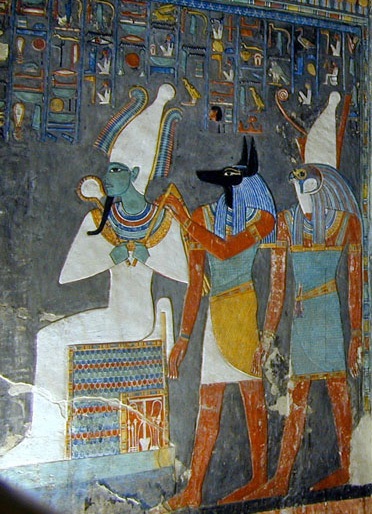
Osiris’s Influence on Egyptian Culture and Beyond
Osiris deeply influenced Egyptian culture, funeral rites and the hopes of eternal life. His green skin represented re-birth, reminding us of the fertile Nile River banks. Pharaohs, in death, identified strongly with Osiris, aspiring to his resurrection and immortality. Today, Osiris’s impact extends beyond ancient Egyptian borders. His resurrection myth inspired many cultures and religions. The concept of life after death central to Osiris has shaped the world views of millions, enduring as a universal symbol of hope against despair, life overcoming death.
Symbols of Osiris: The Crook and Flail in Ancient Egypt
The Significance of the Crook and Flail
The crook and flail hold deep symbolic meaning in Egyptian mythology. They stand as powerful emblems of Osiris, the god of the afterlife. The crook, resembling a shepherd’s staff, symbolizes leadership and guidance. It reflects the Pharaoh’s role as the shepherd of his people, leading them with care. In contrast, the flail or whip represents fertility, abundance, and the authority of the ruler. Together, these symbols underscore the dual role of the Pharaoh as both a caring leader and a powerful sovereign.
Osiris: God of Regeneration and the Afterlife
Osiris is often depicted holding the crook and flail, which highlights his significance in Egyptian culture. As the god of resurrection and eternal life, Osiris embodied the cycle of life, death, and rebirth. Ancient Egyptians looked to him as the judge of the dead, hoping for his favor in their own afterlife journey. His images in tombs and temples often feature these attributes, offering a reminder of his benevolent and just nature. This powerful imagery has transcended time, remaining iconic in the study of Egyptian deities and the afterlife.
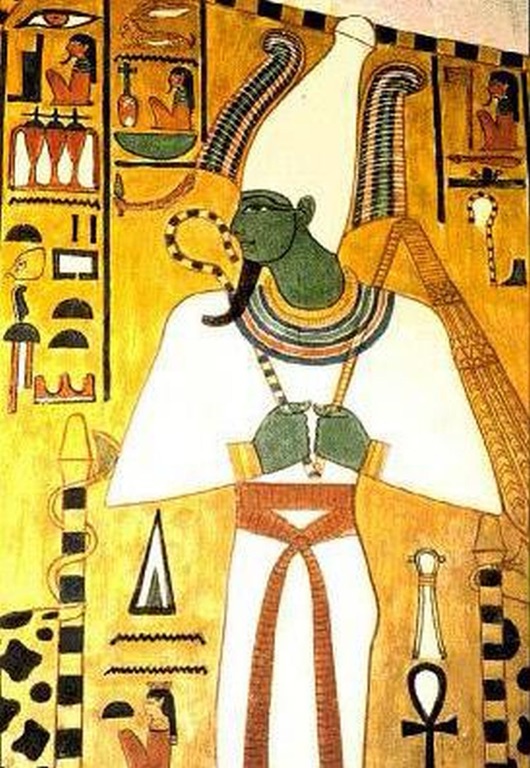
Iconography and Legacy in Egyptian Art
The representation of the crook and flail in art and hieroglyphs shows their importance. They are prevalent in carvings, paintings, and objects found in archaeological sites. Pharaohs and gods are frequently shown with these symbols, signifying their divine right to rule. The legacy of the crook and flail extends beyond their physical depictions. They’ve become synonymous with Egyptian royalty, governance, and spiritual beliefs. These symbols provide a rich insight into how Egyptians viewed their world and the afterlife.
Osiris and Isis: A Mythological Love Story and Its Cultural Impact
The tale of Osiris and Isis is as old as civilization itself, etched into the heart of Ancient Egyptian mythology. It narrates the life, death, and rebirth of Osiris, the god of the dead, and how his consort and sister Isis went to great lengths to restore him to life. Renowned for its themes of love, betrayal, and resurrection, the story draws from historical texts, such as the Pyramid Texts—some of the oldest religious writings in the world. While dating these myths can be challenging, experts rely on linguistic analysis and the dating of the texts themselves to approximate their origins to the Old Kingdom era, roughly between 2686 and 2134 BCE.
Symbolism and Influence in Egyptian Culture
The bond between Osiris and Isis was more than a love story; it infused Egyptian beliefs about life after death. Osiris embodied the hope for eternal life, and through the persistent magic and love of Isis, who collected his scattered remains and brought him back to life, he became synonymous with rebirth. Temples and monuments dedicated to them, like the great Philae temple complex, highlight their importance in Egyptian society. The practices around mummification and the belief in the afterlife strongly reflect the impact this mythological narrative had on the cultural and religious activities of Ancient Egypt.
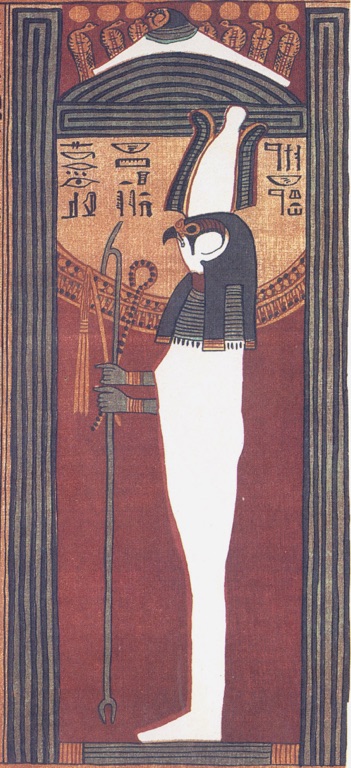
Theories and Interpretations of the Myth
The myth’s allegorical nature leaves room for various interpretations. Some scholars see it reflecting the yearly cycle of the Nile’s flooding and the growth of crops, which was crucial for the sustenance of Egyptian civilization. Others interpret the story as a narrative on the human condition, encompassing themes of loss, the quest for justice, and the power of devotion. The influence of Osiris and Isis extends beyond their cultural and religious roles in ancient times, leaving an indelible mark on literature, art, and modern esoteric thought. Their story resonates, timeless in its depiction of the triumph of love and life over the abyss of death.
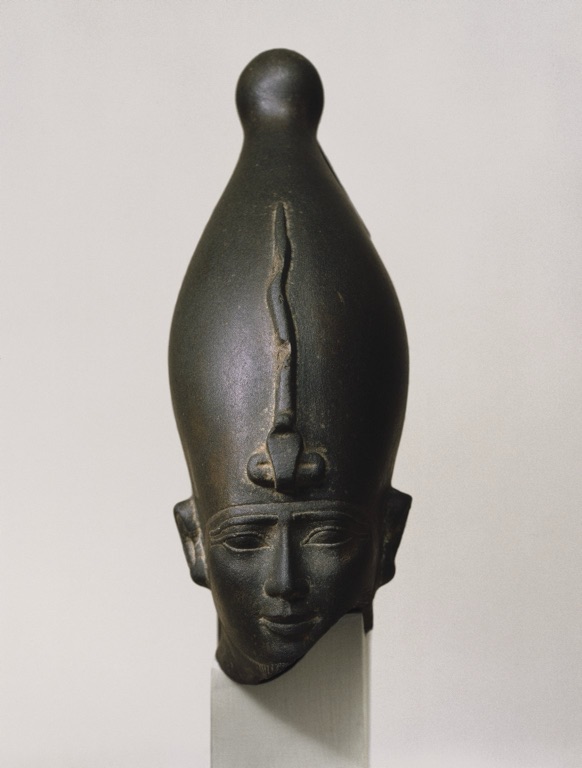
For further reading and to validate the information presented in this article, the following sources are recommended:

